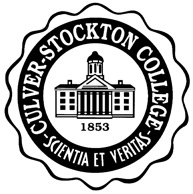Below is a summary of the abstract you submitted. Presenting author(s) is shown in bold.
If any changes need to be made, you can modify the abstract or change the authors.
You can also download a .docx version of this abstract.
If there are any problems, please email Dan at dar78@pitt.edu and he'll take care of them!
This abstract was last modified on March 15, 2022 at 11:12 a.m..

In this experiment we isolated and characterized Poompha, a novel bacteriophage from a soil sample taken from Carthage, Illinois. The bacterial host M. smegmatis mc2155 was used to amplify putative phages in the sample. After three rounds of purification to provide a homogenous phage sample, the purified phage was amplified, collected, titered, and its DNA was extracted and analyzed by gel electrophoresis for purity. The DNA was extracted and subjected to further analysis beginning with DNA sequencing. The Poompha genome was 50089 base pairs long and aligned with cluster A, subcluster A10. While the majority of the genes in the Poompha genome encode products of no known function, immunity suppressor, minor tail protein, scaffolding protein, capsid maturation protease, and portal protein were among the common gene products encoded by some of the 78 features identified. Additionally, 3 tRNA genes were identified. The programs used for annotation included DNA Master, Phamerator, Starterator, HHpred, NCBI BLAST and PECAAN.







